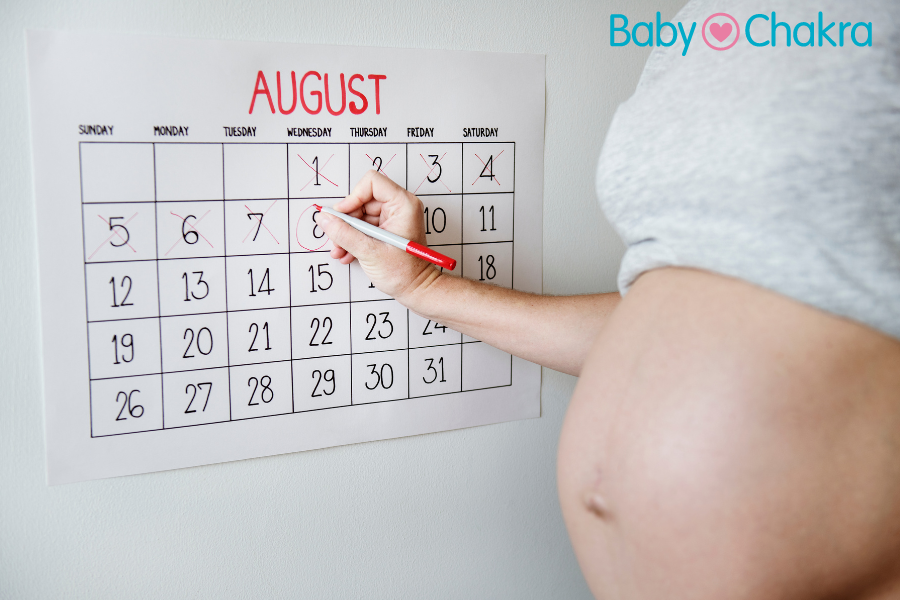
What To Expect During Vaginal Birth
1 Dec 2017 | 5 min Read
Medically reviewed by
Author | Articles
Every labour and delivery experience is as unique as each mother and infant. Nevertheless, giving birth is a life-changing moment, that leaves a lasting impression on you. Of course, you would want this experience to be smooth and positive and will be curious to know about what to expect during childbirth.
If your doctor has suggested vaginal birth, this post is for you. We have entailed everything you need to know about giving birth, what may happen during your labour stages, and whether you should have a birth plan. Keep reading to find out all the info.
Should You Have a Birth Plan?
As you approach the final stages of pregnancy, you may want to write down your birth plan. Consider what’s important for you, and keep your overall goal in mind—a healthy mum and baby.
Your birth plan should outline your requirements, and how you expect your delivery to look like and must be shared with your healthcare provider, who can then put in their input and make adjustments. Make sure to list details about other subjects, such as your preferred method of pain relief during labour and birthing positions.
You should also have a talk with your partner and decide how many family members and friends should attend your birth and be present at the hospital.
Different Labour Stages
Your labour is divided into three stages, and knowing details about all of them can help you better prepare for what is to come. To make things easier, we have discussed the events that occur during the labour stage and eventually lead to the delivery phase.
Water Breaking
Your amniotic sac is filled with fluid membranes that surround your baby. When your labour starts, this sac ruptures, but in some cases, it can also remain intact until childbirth. The amniotic sac rupture is considered one of the first signs of labour, and is described as your “water breaking.”
As your water breaks, you may experience a gush of fluid or a trickle-down. The fluid usually appears clear and odourless, and you must contact your healthcare provider immediately after this event.
Contractions
Contractions lead to the tightening and releasing of your uterus, and these motions eventually help your body for delivery and push your baby out through the cervix. Contractions may feel like heavy cramping that originates from your back and moves to the front.
In some cases, contractions may even begin before your water breaks. If you experience contractions that last for a minute and are five minutes apart, then consult your OB-gyn immediately for guidance and to know when to head to the hospital.
Cervix Dilation
The cervix is the lowest part of your uterus that opens into the vagina. During labour, your cervix undergoes certain changes, including dilation, and opening up enough to allow your baby to be born. When your cervix has dilated to three centimeters or more, your doctor will advise you to get admitted to the hospital so that they can administer fluids to you, and prepare for safe delivery.
What Can You Expect During Vaginal Birth?
Your cervix must dilate to 10 centimeters for your baby to safely pass through the birth canal. As your baby enters the vagina, you will feel a stretching sensation in your skin and muscles. Your labia and perineum will eventually reach a point of maximum stretching, and at this point, you may even feel like your skin is burning.
Gradually, your baby’s head will emerge through the birth canal, and you will feel relief from all the pressure, although a certain level of discomfort remains. At this point, your doctor will ask you to stop pushing momentarily, as they rotate your baby’s head a quarter of a turn to align it with their body, which is still inside you. Then, you will be asked to initiate the one last push to deliver your baby!
Delivering the Placenta
This is the final stage of childbirth, where your doctor will rub your abdomen, below the belly button to loosen the placenta and deliver it. You may be asked to push a little to help deliver the placenta. While you may experience some pressure as the placenta is expelled, you won’t feel nearly as much pain as when your baby was born.
After delivering the placenta, your healthcare provider will inspect it to ensure that the entire placenta was expelled.
In some cases, a part of the placenta may remain adhered to the wall of the uterus. If this happens, the doctor will reach into your uterus to remove any leftover part of the placenta and prevent heavy bleeding or complications.
By the time your doctor delivers your placenta, you will be handed your little munchkin, and you will be advised to start breastfeeding to enrich your baby with colostrum, which is essential for their growth and healthy development.
Conclusion
Whether you are having a vaginal birth or a c-section, the labour and delivery process can be quite nerve-racking. Try to reduce stress by keeping yourself informed about what you can expect during childbirth, and create a birth plan, which you can later share with your ob-gyn so that they are well aware of your preferences as well.
Cover Image Credit: Freepik.com
A


Related Topics for you
Suggestions offered by doctors on BabyChakra are of advisory nature i.e., for educational and informational purposes only. Content posted on, created for, or compiled by BabyChakra is not intended or designed to replace your doctor's independent judgment about any symptom, condition, or the appropriateness or risks of a procedure or treatment for a given person.
